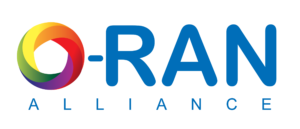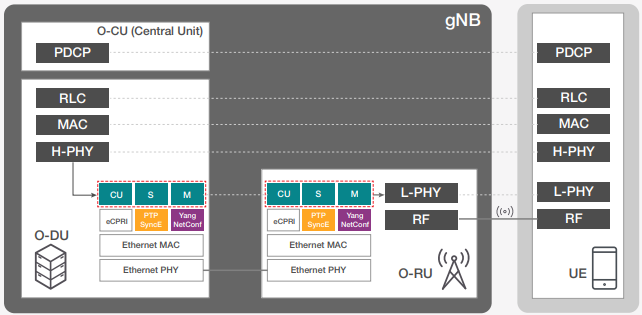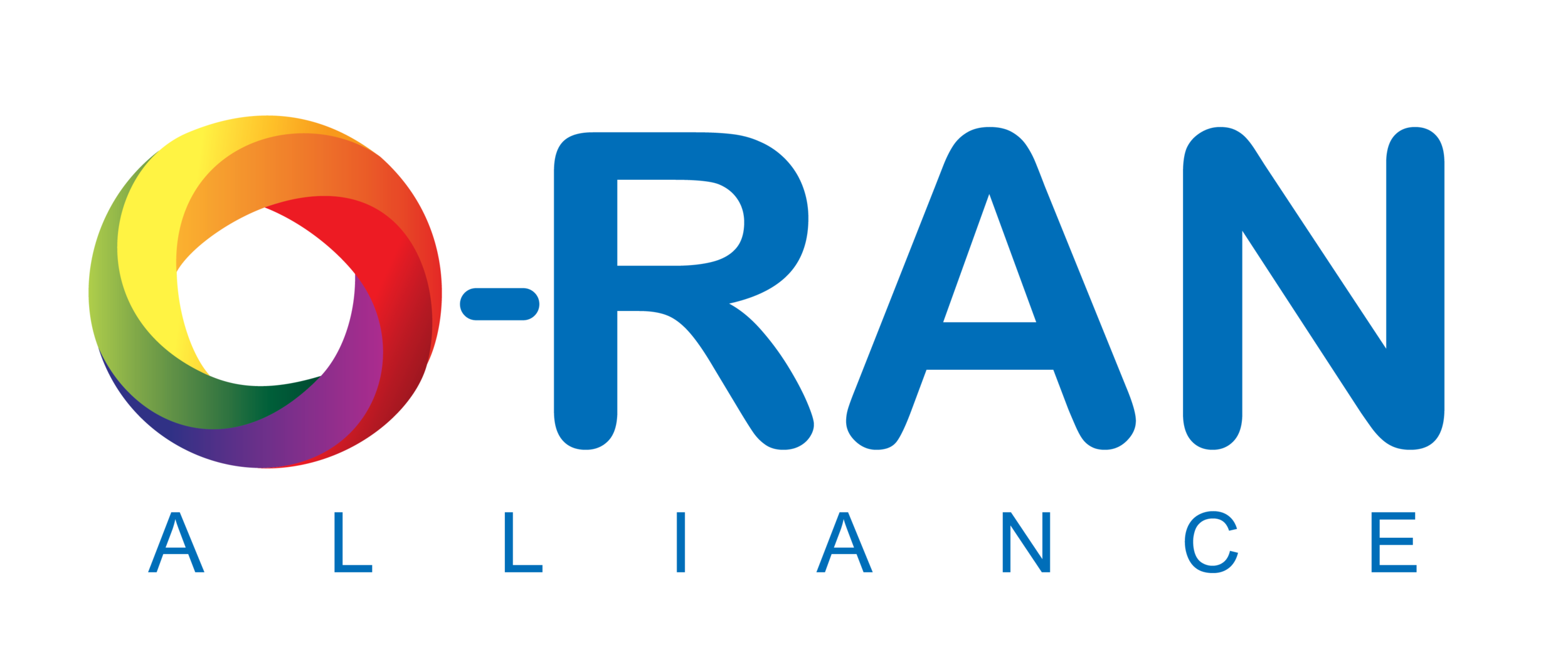What is O-RAN?
O-RAN stands for Open Radio Access Networks by O-RAN Alliance Organization (Which will be explained later), a new standard in mobile communications technology that is not about speed or latency, but about open interfaces and also the compatibility of devices from different manufacturers.
Proprietary Software and Hardware are the standards in mobile communications today. Current RAN technology is provided as a hardware and software integration platform or they’re coupled together. The ambition for Open RAN is to make a multi-supplier RAN solution that allows for the separation – or disaggregation – between hardware and software with open interfaces and virtualization, hosting software that controls and updates networks within the cloud (We can call this Virtualization). The promised benefits include cost reduction, solution flexibility, and new capabilities resulting in increased competition and further innovation.
By defining standards for open interfaces and by abstracting network elements from the hardware, a radio access network that’s independent of proprietary technology is made. This has many advantages, especially for 5G. 5G, unlike previous wireless standards, will communicate with more “things” in the Internet of Things: infrastructure that is both mobile and stationary, sensors, vehicles, the garbage level indicator in a public trash can, and many more.
What is O-RAN Alliance?
O-RAN ALLIANCE has been founded in February 2018 by AT&T, China Mobile, Deutsche Telekom, NTT DOCOMO, and Orange. It’s established as a German entity in August 2018.
It is transforming the Radio Access Networks Industry Towards Open, Intelligent, Virtualized, and Fully Interoperable RAN. Its standards enable a more competitive and vibrant RAN supplier ecosystem with faster innovation. O-RAN-based mobile networks improve the efficiency of RAN deployments and operations.

O-RAN ALLIANCE’s mission is to re-shape the RAN industry towards more intelligent, open, virtualized, and fully interoperable mobile networks. The new O-RAN standards will enable a more competitive and vibrant RAN supplier ecosystem with faster innovation to boost user experience. O-RAN-based mobile networks will at the same time improve the efficiency of RAN deployments.
To achieve this, O-RAN ALLIANCE is active in 3 main streams:
- The specification effort => extending RAN standards towards openness and intelligence.
- O-RAN Software Community => development of open software for the RAN (in cooperation with the Linux Foundation).
- Testing and integration effort => supporting O-RAN member companies in testing and integration of their O-RAN implementations.
O-RAN focuses on technical aspects of the RAN and stays neutral in any political, governmental, or other areas of any country or region. O-RAN doesn’t get involved in any policy-related topics.
The O-RAN Alliance brings together mobile network operators, equipment manufacturers, device makers, and chipset suppliers to form standards and suggestions for an open radio access network (RAN). Building a cheaper, agile RAN requires openness.
Before O-RAN & O-RAN Alliance
Radio access network (RAN) deployments for 4G and earlier relied on shared proprietary network equipment from the same vendor or vendors. Traditionally a multi-vendor network had equipment from multiple vendors deployed in several parts of the network. Most often, equipment from various vendors failed to mix in a particular part of the multi-vendor network.
Many service providers see this as one vendor “LOCK-IN.” As a result, the radio units had to be from the same vendor as the baseband unit (BBU). Together, these devices formed what was referred to as the eNodeB (eNB) in LTE.
Driven mainly by the O-RAN Alliance, service providers worldwide are driving the adoption of an open RAN for 5G. The O-RAN Alliance has defined a 5G RAN architecture that breaks down what was once a single-vendor, hardware-centric RAN into several sections. Interoperable standards precisely define the interfaces between these sections.
O-RAN Evolution Architecture [Main Parts]
The new O-RAN for 5G consists of the following 3 components:

5G gNB O-RAN Architecture (Source: Keysight)
- O-RAN Central Unit (O-CU) is that the component of the RAN that’s centralized and virtualized. It is accountable for the packet data convergence protocol (PDCP) layer of the protocol. Its northbound interface is that the backhaul network to the core; its southbound interface is the F1 interface.
- O-RAN Distributed Unit (O-DU) is that the component used for all baseband processing, scheduling, radio link control (RLC), medium access control (MAC), and the upper part of the physical layer (PHY). The F1 is the northbound interface, and the O-RAN fronthaul is the southbound interface.
- O-RAN Radio Unit (O-RU) is that the component responsible for the lower part of the PHY layer processing (for example, fast Fourier transform (FFT) / inverse fast Fourier transform (IFFT), beamforming), including the analog components of the radio transmitter and receiver.
O-RAN Fronthaul Planes [CU/S/M]
O-RAN Fronthaul defines the following planes of operations:
- C-Plane (Control Plane): Control plane messages define the scheduling, coordination required for data transfer, beam-forming, etc.
- Scheduling and beam-forming commands.
- DL precoding configuration.
- Mixed numerology and PRACH handling.
- U-Plane (User Plane): User plane messages for efficient data transfer within the strict time limits of 5G numerologies.
- S-Plane (Synchronization Plane): Synchronization plane is responsible for the timing and sync of messages between the O-DU and O-RU. Using S-Plane, O-RAN fronthaul specifications support protocols such as PTP and SyncE to achieve high-accuracy synchronization on the O-RU side by synchronizing with the clock high-performance available at the O-DU side.
- M-plane (Management Plane): Management plane messages are used to manage the radio unit. M-Plane provides a variety of O-RU management functions to set parameters on the O-RU side as required by the C/U-Plane and S-Plane, e.g. manage O-RU software, perform fault management, etc. O-RAN fronthaul specification for M-Plane provides various parameters as data models to FCAPS functions.
References:
- O-RAN Alliance, https://www.o-ran.org
- Wireless Communications Alliance, https://wca.org
- NTT Docomo, Overview of O-RAN Fronthaul Specification.
- Ericsson, https://www.ericsson.com/en/openness-innovation/open-ran-explained.













